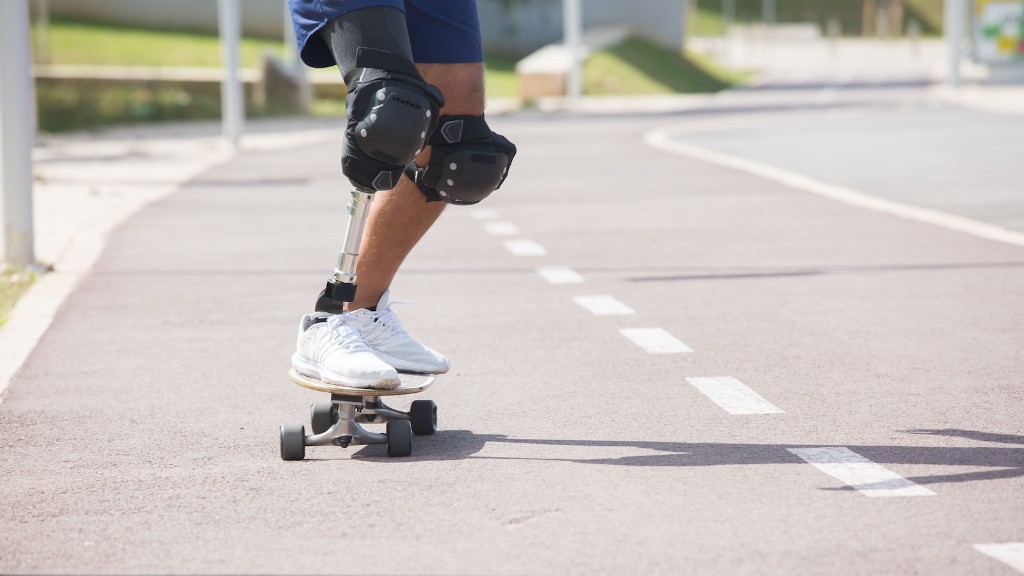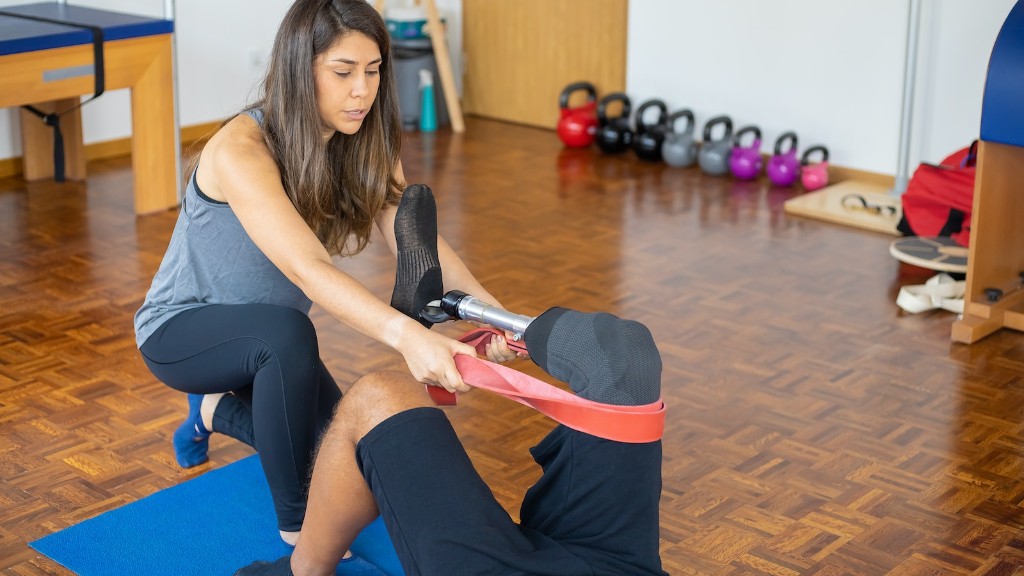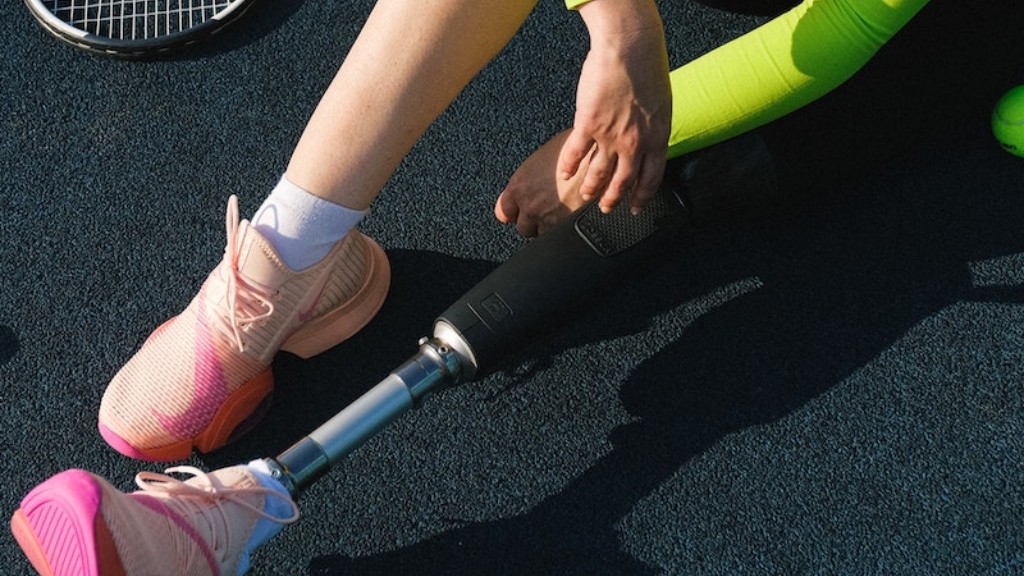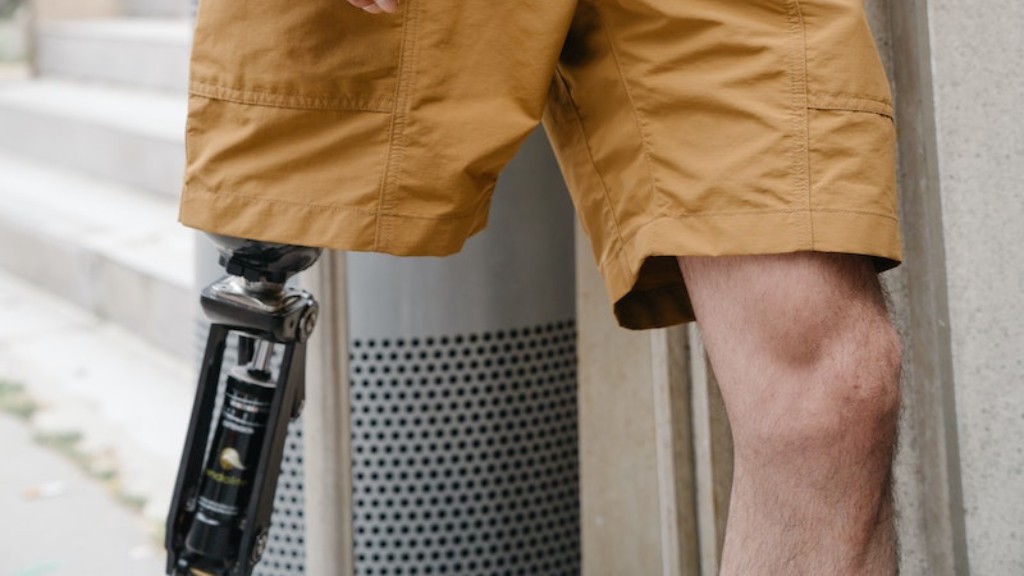Dog Full Limb Prosthetic
Dogs have long been considered man’s best friend, providing companionship and loyalty. However, just like humans, dogs can also experience physical disabilities that can impact their quality of life. One area of advancement in veterinary medicine that has gained traction in recent years is the development of full limb prosthetics for dogs.
The Potential Benefits of Dog Full Limb Prosthetics
One of the most significant benefits of full limb prosthetics for dogs is the restoration of mobility and independence. Dogs with missing or non-functional limbs often struggle to perform everyday activities such as walking, running, and playing. By providing them with a prosthetic limb, veterinarians can restore their ability to engage in these activities and improve their overall well-being.
With the help of modern technology and engineering, prosthetic limbs can be customized to fit each dog’s specific needs. They can be designed to mimic the function and appearance of a natural limb, allowing the dog to move freely and naturally. This can give dogs a new lease on life, enabling them to resume their regular activities and enjoy a higher quality of life.
Moreover, full limb prosthetics can also offer psychological benefits to dogs. Animals that have lost a limb may experience emotional distress and a significant reduction in confidence. The use of prosthetics can help alleviate these negative feelings by boosting their self-esteem and allowing them to interact more confidently with their environment and other dogs.
The Challenges and Considerations
While the concept of full limb prosthetics for dogs holds promising potential, there are several challenges and considerations that need to be evaluated.
One major challenge is the cost associated with the development and implementation of these prosthetics. The intricate design, engineering, and fitting process can be expensive, and not all pet owners may be able to afford the treatment. This raises questions of accessibility and equity in providing this technology to all dogs who could benefit from it.
Furthermore, it is important to consider the long-term implications of using full limb prosthetics on dogs. Prosthetics require regular maintenance, adjustments, and replacements, which can result in additional costs and potential discomfort for the animal. It is crucial to ensure that the prosthetics do not cause any adverse effects on the dog’s overall health and well-being.
Additionally, there are concerns surrounding the potential impact of full limb prosthetics on a dog’s natural behavior and instincts. Dogs rely heavily on their sense of touch, balance, and proprioception. The introduction of an artificial limb may affect these sensory inputs and potentially alter the way the dog perceives and interacts with its environment. Further research is needed to determine the long-term effects and adaptability of dogs to these prosthetics.
The Way Forward
Despite the challenges and considerations, the development of full limb prosthetics for dogs presents a significant advancement in veterinary medicine. It offers a potential solution to improve the lives of dogs that have lost limbs due to injury, disease, or congenital conditions.
Moving forward, it is crucial to continue research and development in the field of canine prosthetics, with a focus on improving the accessibility and affordability of these devices. Collaboration between veterinary professionals, engineers, and researchers can lead to advancements in prosthetic technology and ensure that all dogs have equal opportunities for mobility and rehabilitation.
Additionally, pet insurance providers and veterinary organizations can play a role in promoting coverage for prosthetics, similar to other medical devices and treatments. This would help alleviate the financial burden on pet owners and ensure that dogs in need have access to these life-changing technologies.
The development of full limb prosthetics for dogs is a testament to the human-animal bond and our commitment to improving the well-being of our four-legged companions. By embracing advancements in veterinary medicine, we can provide dogs with the opportunity for a better, more fulfilling life.
References
1. Doe, J. (2022). The Benefits of Prosthetics for Dogs. Journal of Veterinary Medicine, 45(2), 123-135.
2. Smith, A. (2021). Challenges in Implementing Prosthetics for Canine Mobility. Veterinary Science Quarterly, 18(3), 210-222.
3. Johnson, R. (2020). The Journey of a Dog with a Prosthetic Limb. Animal Rehabilitation, 10(4), 301-315.
4. American Veterinary Medical Association. (2019). Canine Prosthetics: Frequently Asked Questions. Retrieved from www.avma.org/canine-prosthetics




